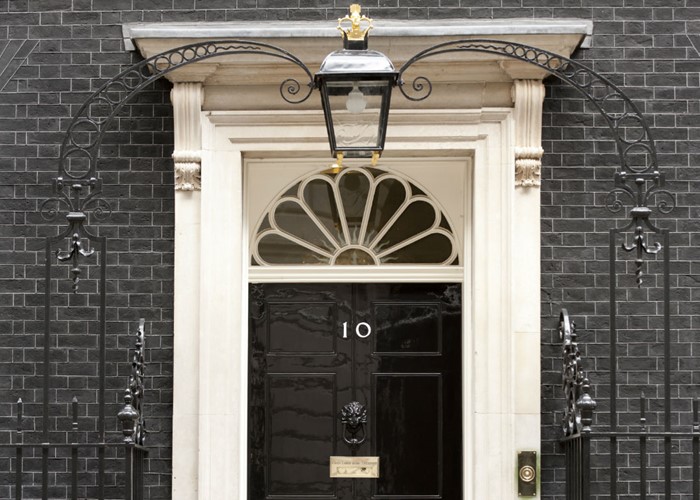Budget 2014: Is this a brave new world for savers?

The Budget contained plenty of measures aimed at helping savers. But will they actually make a difference?
He kept us waiting. After promising help for savers at the outset of his Budget speech, George Osborne left it to his last moments at the despatch box to announce his dramatic changes to the savings landscape.
But did the Chancellor really herald a brave new world for savers?
Boosting ISAs
Individual Savings Accounts (ISAs) are traditionally a good first port of call for your savings as they offer a tax-free return. Not a penny of the interest you earn is nabbed by the taxman.
But since launch they have been beset by baffling rules. You have an annual limit on how much you can save, but you can’t save that full limit in cash, only by investing in the stock market. And you’ll have to have two separate ISAs is you want to have your money in both cash and investments. Just to add to the fun, you can move your money from cash into stocks and shares, but not the other way around. It’s not exactly simple and straightforward is it?
That’s all being changed. From July the two forms of ISA are being merged into a single New ISA, through which you can save in cash, invest in stocks, or both. Not only has the savings limit been bumped up to £15,000, but you can save the full amount in whatever fashion you like.
And what you can put in your ISA is also changing. Soon we will be able to put peer-to-peer lending – where you lend your cash direct to borrowers – and shares in mutuals (known as core capital deferred shares) within the ISA wrapper, while the Treasury is also looking at how to include crowdfunding.
It all seems quite exciting. But there are plenty of hurdles to clear.
For example, the rates on offer from Cash ISAs currently are horrendous. This is supposed to be ISA season, the last few weeks before the end of the tax year when providers fall over themselves to try to attract you into saving with them. The top rate on an instant access ISA today stands at just 1.75% from Stafford Railway Building Society. That doesn’t even beat inflation.
The Bank of England revamped the Funding for Lending scheme in order to try to encourage banks to rely on savers’ cash to fund their lending activities at the start of the year, but there’s been little impact so far.
Until rates start improving, saving in cash in an ISA – no matter what the annual limit – isn’t going to look that enticing.
Compare Cash and Stocks & Shares ISAs
Premium Bonds and Pensioner Bonds
The maximum amount that you can save in Premium Bonds is increasing from £30,000 to £40,000 from June. And it will then jump a further £10,000 in 2015/16.
The number of £1 million winners will also double from one a month to two.
The trouble is, Premium Bonds aren’t exactly the best place to keep your money, since the only way you get a return is if you manage to win in the monthly draw. It’s no wonder some have warned that they blur the lines between saving and gambling. Read Why Premium Bonds are a rubbish investment for more on why we don't like them.
Rather more encouraging is the introduction of Pensioner Bonds, which like Premium Bonds will be issued by National Savings & Investments. They will be launched next January and open to anyone aged 65 or over. The rates will be set in the autumn, though on current projections it looks like the one-year bond will pay 2.8% and the three-year bond will pay 4%. An annual investment limit of £10,000 will be in place.
The rates quoted are far superior to those on the market currently. The top one-year fixed rate bond comes from FirstSave and pays just 1.9%, while with three-year bonds you can’t do better than the 2.70% offered by ICICI Bank.
It’s just a shame that a balance couldn’t be found where bonds with perhaps slightly less appealing rates could be made available for all of us, not just the over 65s.
Scrapping the 10p savings rate
If you’re on a low income but enjoy some income from your savings, then you may be subject to the starting rate for savings.
Currently the first £2,790 of savings income above your personal allowance is taxed at the starting rate of 10%.
However from April the 10% savings rate (also referred to as the 10p savings rate) will drop down to 0%. What’s more, the band of income that’s subject to this savings rate will increase to £5,000.
The Treasury reckons one and a half million people will benefit from this change, gaining an average of over £150 per year. That’s great news for people on low incomes with some savings, most typically pensioners, who also get the boost of Pensioner Bonds. Anyone would think there’s an election on the way…
So what do you think? Will the big changes to the savings market make a real difference? Is this a brave new world for savers? Or are there still tough times ahead? Let us know your thoughts in the comment box below.
More on the Budget:
Budget 2014: what it means for you and your money
Comments
Be the first to comment
Do you want to comment on this article? You need to be signed in for this feature